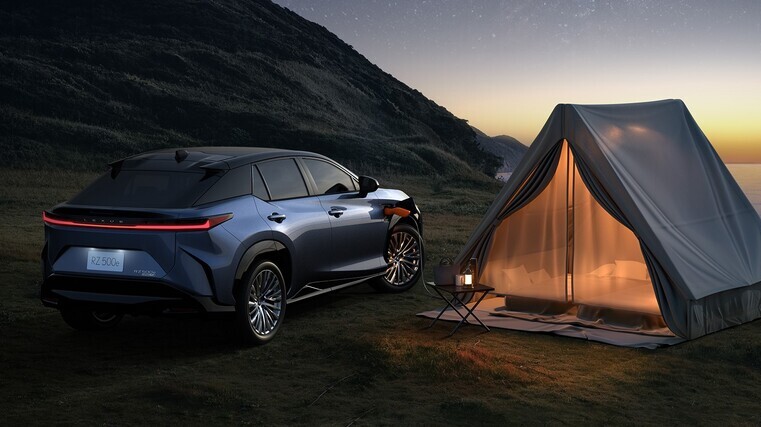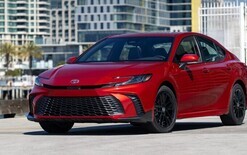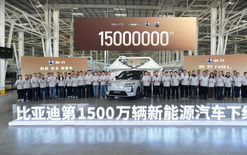Range from battery improves

Lexus says its new RZ will benefit from revisions to take its driving experience to a higher level, and introduces technologies to deliver more power, control and engagement.
The luxury SUV was first launched in 2023 as the brand’s debut model constructed on a dedicated battery electric vehicle (BEV) global architecture platform.
Since then, developments for the new RZ have focused on four pillars – driving pleasure, range and battery charging, performance and design.
Technical innovations are led by the first application of Lexus’ steer-by-wire system. This provides a new experience with smooth, easy and more intuitive operation, particularly on winding roads. It is also tuned for responsiveness and driver feedback free from unwelcome vibrations.
Then there’s F Sport performance and style to for the first time. The all-wheel-drive (AWD) RZ 550e is the most powerful RZ and offers a new BEV driving experience with Lexus’ interactive manual drive, an electronic system that provides virtual manual gear-shifting.
Changes to the BEV system, including revisions to the lithium-ion battery for higher output and capacity, which has increased to 77kWh, and an evolution of Lexus’ eAxle allow for an expected increase in range of up to 100km.
In addition, charging time will be quicker, aided by a new battery pre-conditioning system and 22kW AC onboard charger.
The performance of the lithium-ion battery has been enhanced by improving and increasing its number of cells, while high-power performance is further supported by water cooling for the battery and BEV system.
In addition, there is a doubling in the towing capacity of the AWD RZ, which can now pull braked loads of up to 1,500 kg.
Lexus has revised its Direct4 vehicle motion-control technology. A system unique to the marque, it enhances traction and stability performance on AWD models.
At start-off and in straight-line acceleration, front-rear power distribution is controlled between 60:40 and 0:100 to suppress pitching and produce a direct acceleration feel.
During cornering, the distribution ratio is optimised between 80:20 and 0:100, according to speed and steering angle, to match the driving conditions.
Extra power is directed to the front axle to achieve smooth turns. When exiting a corner, torque distribution is in line with the load on each wheel to maintain balance and allow for smooth acceleration.
Inside the RX, Lexus has created the first cabin trim to feature laser-processed graphics applied to ultrasuede. Made from sustainable 30 per cent plant-based materials, this door panel trim creates “a new luxury expression”.
In another first, the multi-colour ambient lighting has a dynamic shadow effect. A dimming function of the panoramic roof helps keep the cabin comfortable in bright sunshine.
More information and specification details will be released closer to the local launch in New Zealand in late 2025.





